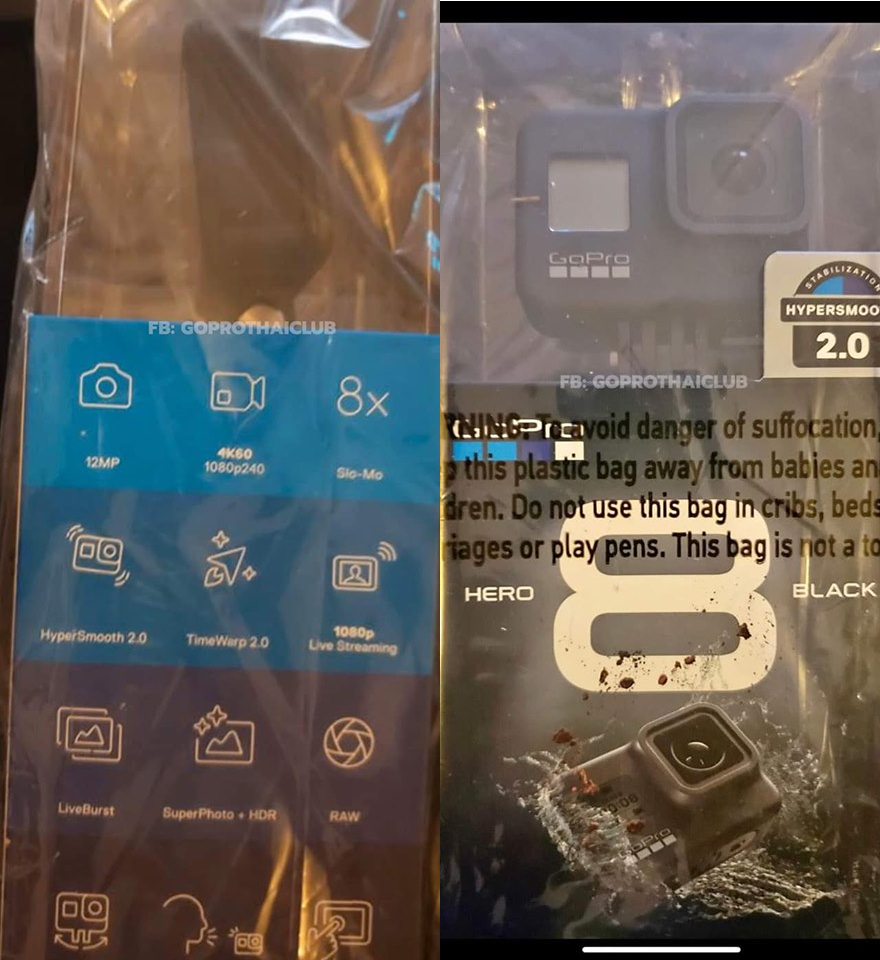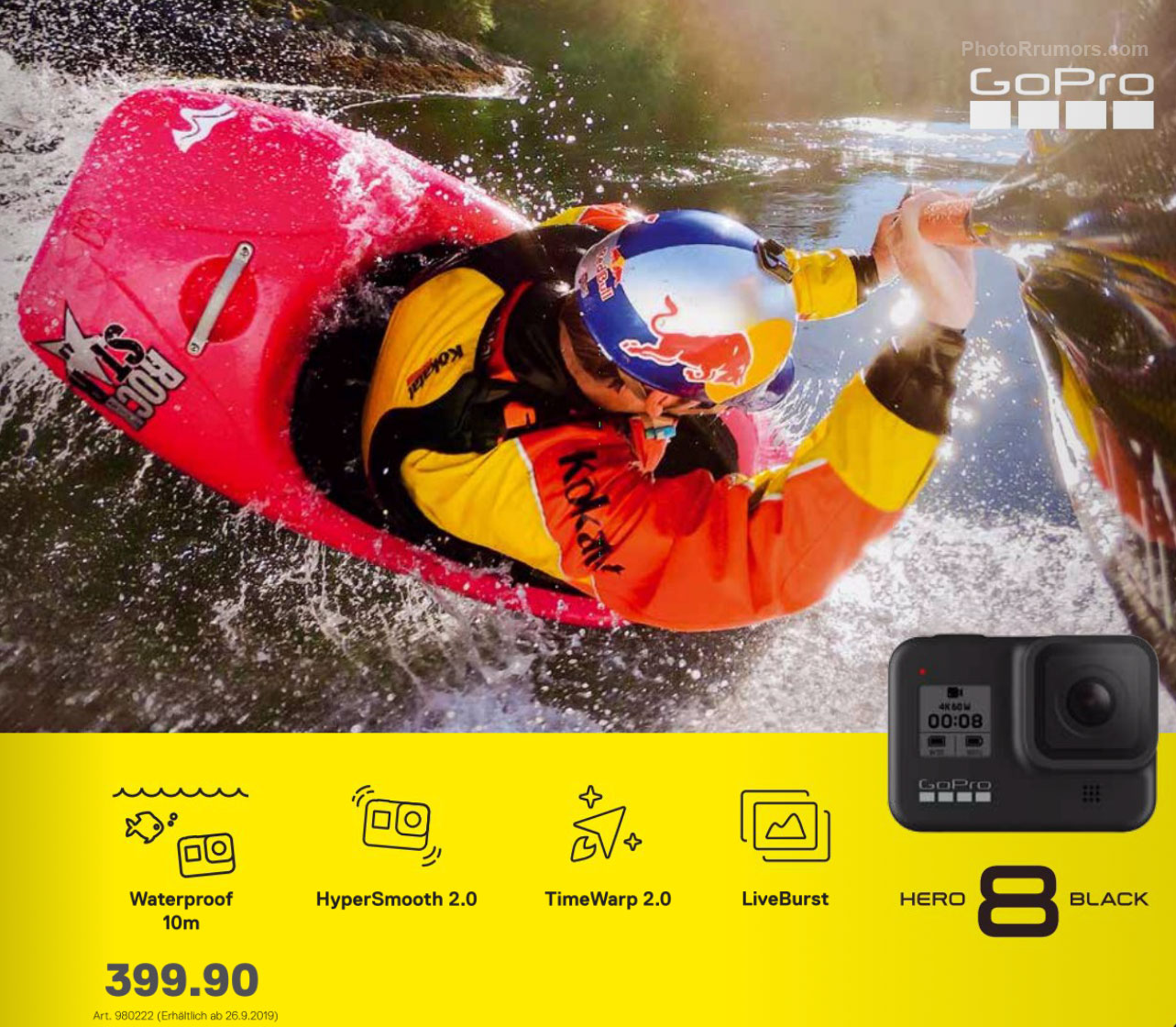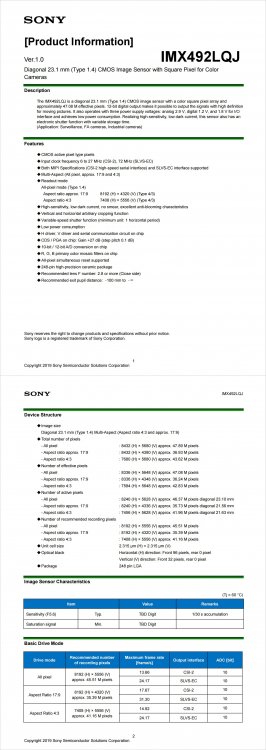
androidlad
-
Posts
1,215 -
Joined
-
Last visited
Content Type
Profiles
Forums
Articles
Posts posted by androidlad
-
-
1 hour ago, Mokara said:
The S1 is supposed to be oversampled. The problem at lower resolutions is the increased processing demands that places on the camera, so there are artifacts that result. Not necessarily pixel binning/line skipping as such, but rather crude approximations of the data which has a similar results.
4K <30p is. 4K 60p is 1:1 readout. 1080p is not oversampled but pixel-binned and line-skipped. Period
-
You need to test it with pin-sharp and consistent focus and smaller aperture, some of the shots are clearly out of focus. View them in full screen and full quality
Use the DPReview video stills comparison tool: https://***URL removed***/reviews/panasonic-lumix-dc-s1-review/8
You can see moire and aliasing in every resolution, framerate and crop mode, with 4K FF <30P being the least noticeable, and 1080p modes being the most noticeable.
S1 doesn't have an OLPF so it's prone to this.
-
fave shots...
In: Cameras

-
40 minutes ago, Otago said:
I agree, it's present in both of them when it's in focus.
I think the solution is to shoot 4K, which is downsampled from the 6K and won't show any of those artefacts ( if it's been done well and there seems to be no evidence it's not ) and then downsample again to 1080 when you are editing. You could also try a softening filter as a form of OLPF if 1080 in camera is necessary.
Can you tell from it being inconsistent between the horizontal and vertical what they are doing with line skipping vs binning ? Do they have to use what the sensor provides or can customers make their own version by changing the microcode on the chip ? Do you know if the sensor control unit is addressable in anyway ?
You can run a Fast Fourier Transform using Matlab with a high detail test scene to determine the actual sampled resolution.
On IMX410, it's usually horizontal binning and vertical line-skipping. IMX5XX added pixel-weighted binning which improved quality a little bit.
To save R&D effort and cost, they usually use preset readout drive modes.
-
20 minutes ago, andrew_dotdot said:
Zooming = uneven exposure. Is this a thing with the X-T3? --> So, I'm filming with my Fuji 18-55mm f2.8-4.0 lens, with the aperture locked at 4.0, ISO locked down, shutter speed 1/50th...
What I expect: Since f4 should be available through the whole zoom range, I'd expect the exposure to stay the same through the whole zoom.
What I see: Zooming in, it slowly gets darker, then snaps back to lighter three times on the way in. And vice-versa on the way out.
Anybody know a way to avoid this or a workaround?
If you search this forum, this questions has been answered a few times.
The abrupt exposure shifts are due to aperture changes designed to facilitate movement of lens elements during zooming.
-
You left out a key piece of info - they were shot in 1080p60.
Non-crop 1080p on all DSLR/mirrorless cameras is derived from pixel-binning, or line-skipping or a combination of both.
The artifacts you are seeing is moire and aliasing as a result from pixel-binning and line-skipping, this is very common and completely normal, it's particularly severe on S1 due to the lack of an OLPF.
-
There's 100Mbps with HEVC for 4K and 2.7K on the Hero 8.
-
More of an incremental update, some interesting accessories though.


-
4 hours ago, sanveer said:
I saw this too, yesterday or the day before. But, Curiously, there is very little or insufficient information regarding the drone, except the press release. The only footage seems to be the timelapse, and that too provides no indication of anything. Also, how large is this drone. Is it even pocketable. Does it fold quickly and small?
There's a review here with some sample footage:
-
1 hour ago, Snowbro said:
They still havent updated their shit app to support the S10, a major flagship phone. It's going to be a year soon, I couldn't even fly the drone without it restarting my phone mid-flight.. now they increased their price $230 ?. They expect a raise after getting extremely lazy, so many threads of people complaining since March (they saw and replied they are working on it..). It used to only be a very short period of time until they supported new devices. Then when you fix the barrel distortion, it actually decreases image quality quite a bit in testing.
They really need some competition.
Competition is already here: https://***URL removed***/news/6887022560/yuneec-announces-typhoon-h3-drone-co-engineered-with-leica
-
-
30 minutes ago, Attila Bakos said:
Do we know anything about the firmware updates? Will the X-T3 get this new film simulation?
Edit: nevermind, just saw this picture:
There will be a separate announcement for the firmware updates in more detail.
-
Fujifilm X Summit live streaming now:
Lots of good news.
-
2 minutes ago, keessie65 said:
If I google, than I find more about this. also here at this forum. Never had problems before ... I think. Solution is not there at this moment as far as I 'google'. Unfortunatelly.
Solution is to dump Premiere CC.
-
It's been discussed a few times before.
The HLG flag in ProRes file automatically triggers Premiere Pro CC to apply an HDR to SDR conversion.
-
DJI has released a control cable for Ronin SC that allows the gimbal to trigger video record and autofocus on compatible Fujifilm cameras:
https://store.dji.com/product/ronin-sc-rss-control-cable-for-fujifilm

-
Good DR and highlight roll off, but the saturation roll off is the biggest giveaway of the video look (grass/leaves outside the window in sunlight remains intense green).
-
-
New firmware announcement on 20th September during Fujifilm X Summit in Shibuya, Tokyo.
-
Fujifilm X-A7
In: Cameras

https://www.fujifilm.com/news/n190912_01.html
Notable features:
New 24MP Bayer sensor, IMX271: https://www.sony-semicon.co.jp/products_en/IS/sensor2/img/products/IMX271AQR_Flyer.pdf
4K 30P supersampled from 6K.
3.5" 1280 x 720 1000nit fully articulated touch screen.
Full sensor high speed phase-detection AF, faster and more precise than X-T3/X-T30!
There will be firmware updates for X-T3/X-T30 to further refine their AF algorithm, among other features and fixes.
-
1 hour ago, thephoenix said:
new fw 3.01 https://www.fujifilm.com/support/digital_cameras/software/firmware/x/xt3/index.html
doesn't change much, only fixes "The phenomenon is fixed that in rare cases, the message of “TURN OFF THE CAMERA AND TURN ON AGAIN” can appear in the drive mode of “S” when you repeatedly and rapidly take photos in a short time"
There will be a major feature update to follow, be patient ?
-
-
From this Irish based distributor website: https://www.ebdn-partners.eu/
-
5 minutes ago, tupp said:
Ha, ha! Likewise, I've explained many times that dynamic range and bit depth are two different and independent properties. I have also given practical, existing examples of cameras that offer variable bit depth while maintaining the same dynamic range -- the bit depth varies independently from the dynamic range.
In addition, there exist cameras in which one can change the effective dynamic range while maintaining the same bit depth.
It is a misguided notion that CMOS sensors (or any other types of digital sensors) have some sort of absolute linear relationship between dynamic range and bit depth. 12 bit ≠12 EV ≠ 12 stops DR.
The mapping of bit depth increments is independent from the bit depth and also independent from the DR. You can map 8-bit logarithmically, linearly or any other way -- regardless of the DR
Me too!
You are talking about encoding bitdepth, 8bit H.264, 10bit ProRes etc.
Sensor ADC readout precision dictates the upper limit of the total DR the sensor can output. Do you know what ADC is? It's absolutely linear.
12bit ADC theoretically offers 12 stops maximum DR, and BMPC6K does 11.8 in lab test.
10bit ADC = max 10 stops, as demonstrated by the noisy shadows in ZCAM E2 4K 120p footage.
Alexa uses dual 14bit ADCs, it's one of the reasons why it's capable of 14 stops of DR (then stored logarithmically in 10bit ProRes)
Most stills cameras use 14bit ADC for stills and that's why A7 III achieves 13.9 stops DR in stills mode.
Of course the raw stream can be denoised to extend the DR below neutral grey, but in its raw state, ADC precision dictates the max DR a sensor is capable of.










Fuji X-T3 and X-T4 discussion
In: Cameras
Posted
The new Classic Negative film simulation will come to X-T3, X-T30 and GFX100 via firmware updates later this year.